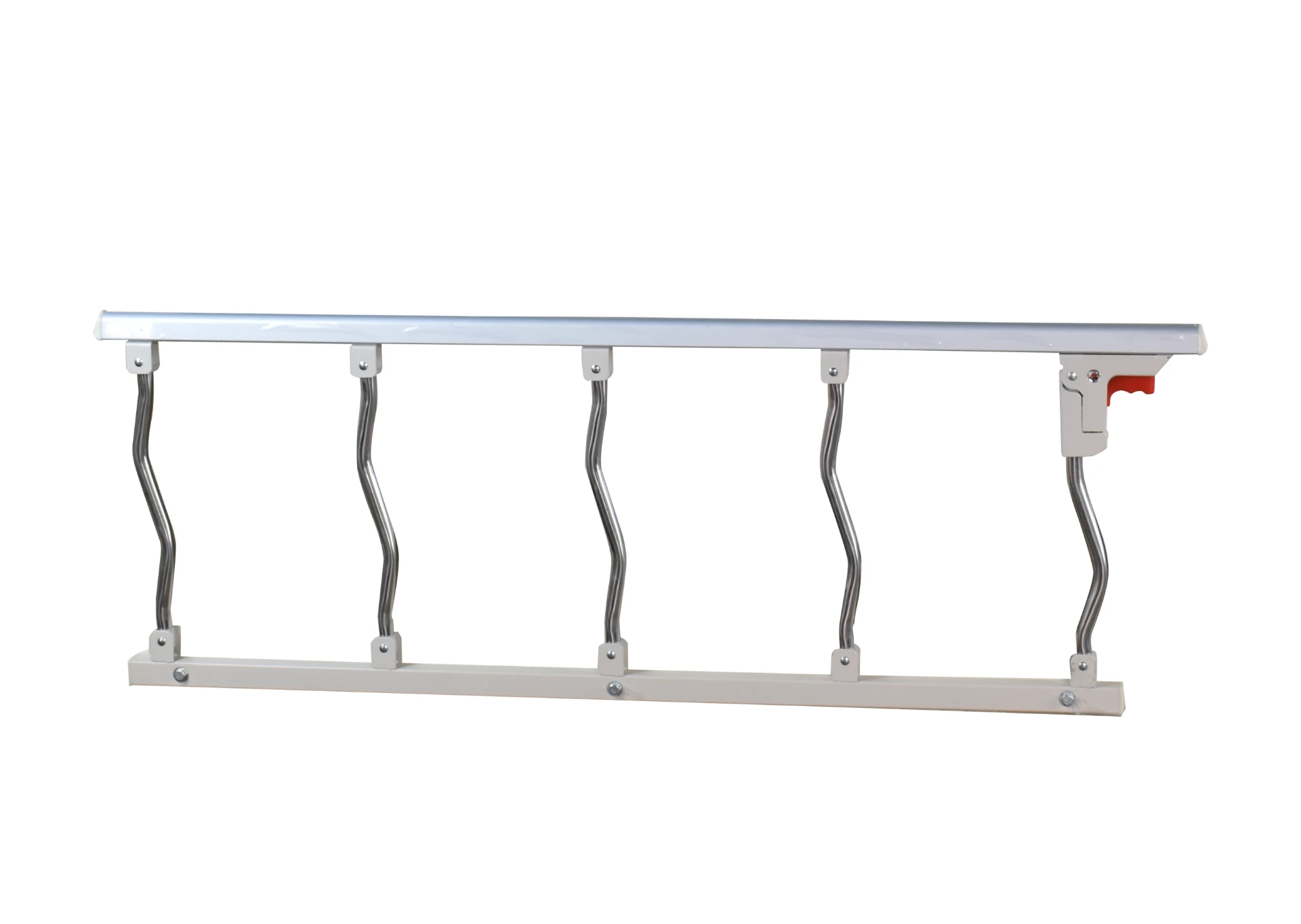Welcome to our websites!
joystick for electric wheelchair
The Role of Joysticks in Electric Wheelchairs Enhancing Mobility and Independence
In recent years, the advancement of technology has significantly transformed the landscape of mobility aids, particularly electric wheelchairs. One of the most essential components in this evolution is the joystick, which has become the central control interface for users seeking greater freedom and independence in their daily lives. This article explores how joysticks function in electric wheelchairs, their benefits, and the future of this vital technology.
Understanding the Joystick Mechanism
The joystick control system functions similarly to a video game controller, allowing users to navigate their electric wheelchairs with precision and ease. A joystick typically consists of a stick that pivots on a base, translating the user's movements into commands that control the wheelchair's speed and direction. When a user pushes the joystick forward, the wheelchair moves forward; pulling it back causes it to reverse. Moving the joystick left or right turns the wheelchair in that respective direction.
Most modern electric wheelchairs are equipped with advanced joystick control systems that are customizable to meet the needs of individual users. For example, users with limited dexterity might benefit from a joystick that requires minimal movement. Moreover, joystick sensitivity can often be adjusted, allowing users to control their wheelchair more comfortably, enhancing their overall experience.
Benefits of Joysticks in Electric Wheelchairs
1. Ease of Use One of the most significant advantages of joysticks is their user-friendly design. They provide an intuitive and straightforward way for individuals to control their mobility devices. This means users do not need extensive training to operate their electric wheelchairs, making them more accessible to people with varying levels of ability.
2. Enhanced Dexterity Joysticks allow for precise movements, enabling users to navigate tight spaces or make quick turns with ease. This precision can improve users' confidence in their ability to move around independently, whether in their homes or public spaces.
3. Customizability Different users have different needs. The ability to customize joystick sensitivity, size, and the overall control scheme ensures that each individual can optimize their experience based on their unique physical capabilities. This adaptability significantly enhances the user experience, making electric wheelchairs more accommodating.
joystick for electric wheelchair

4. Integration with Other Technologies Many electric wheelchairs equipped with joysticks can also integrate with smart technology, such as mobile apps or voice-assisted devices. This integration allows for additional features like route planning, speed monitoring, and even home automation controls, which further enhance the independence of users.
Overcoming Challenges
Despite their many benefits, joystick controls can also present challenges. For users with severe disabilities or limited mobility, traditional joystick designs may not be feasible. However, the industry is continually innovating to address these hurdles. Alternative control methods, such as sip-and-puff systems or head-controlled joysticks, are being developed, providing more options for those who cannot use a standard joystick comfortably.
Furthermore, the ergonomic design of joysticks is constantly being analyzed and improved to ensure the long-term comfort of users. Companies are investing in research and development to create designs that minimize strain and fatigue, particularly for individuals who spend long periods in their electric wheelchairs.
The Future of Joystick Technology in Electric Wheelchairs
As technology continues to evolve, the future for joysticks in electric wheelchairs looks promising. Ongoing advancements in artificial intelligence and machine learning could lead to more intuitive control systems that learn from user behavior, adjusting their responsiveness accordingly. This could minimize the learning curve for new users and improve accessibility.
Additionally, the integration of augmented reality (AR) and virtual reality (VR) into the wheelchair control experience may enable users to visualize their surroundings better and navigate more safely. Wearable technology could also play a role by allowing users to control their wheelchairs with simple gestures or even brain-computer interfaces in the future.
Conclusion
The joystick remains a pivotal component in the design and functionality of electric wheelchairs, enabling greater mobility and independence for users. With ongoing innovations and advancements in technology, the potential for joystick systems in electric wheelchairs is boundless. As the industry continues to address challenges and push the boundaries of what is possible, we can expect an even more inclusive and empowering experience for individuals who rely on electric wheelchairs for their mobility needs.
-
Transforming Healthcare with Hospital FurnitureNewsJun.24,2025
-
Rehabilitation EquipmentNewsJun.24,2025
-
Mobility and Independence with WheelchairsNewsJun.24,2025
-
Freedom of Mobility with Our Rollator WalkersNewsJun.24,2025
-
Comfort and Independence with Commode ChairsNewsJun.24,2025
-
Bathing Safety and Independence with Shower ChairsNewsJun.24,2025
-
Navigating the Wholesale Landscape of Electric Mobility Solutions: Key Considerations for Power Wheelchair DealersNewsJun.10,2025











